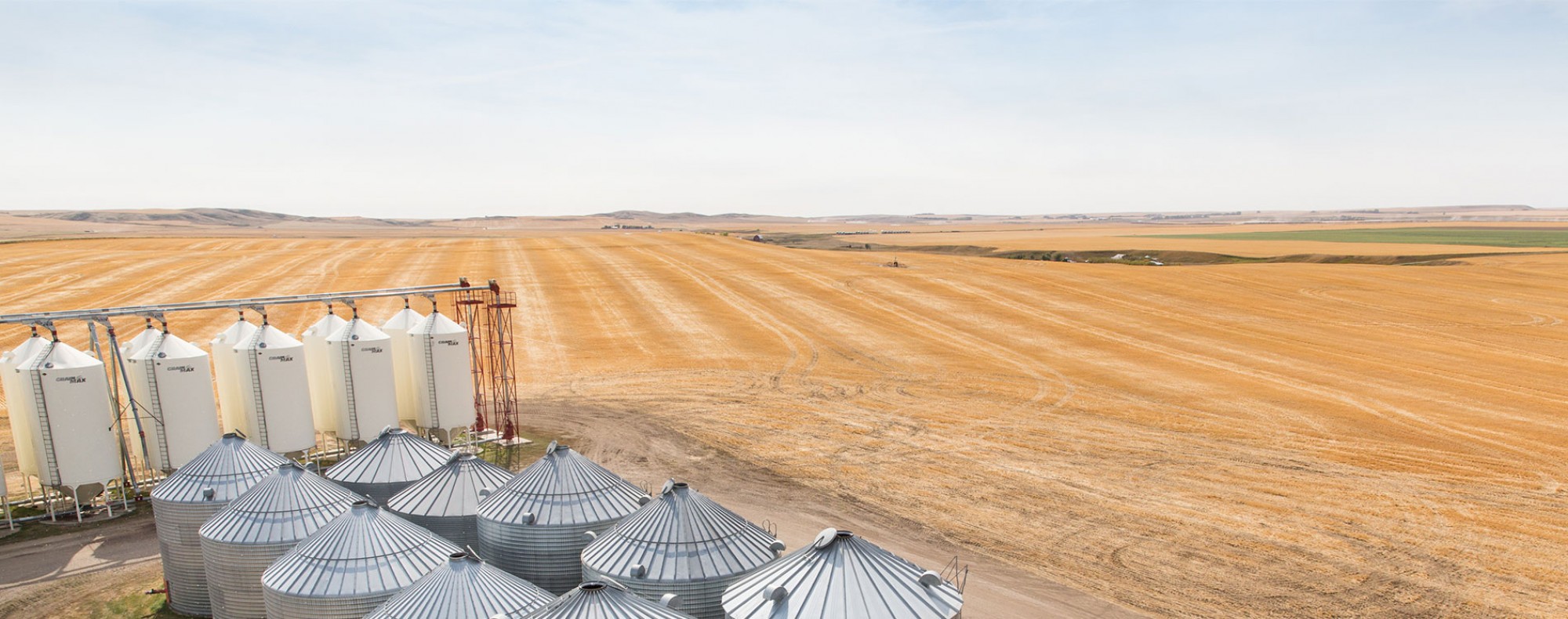Optimization of primary processing protocols to improve whole-grain barley product nutrition, safety and flavour
This Barley Research Cluster project was funded by Alberta Barley in collaboration with the Atlantic Grains Council, the Brewing and Malting Barley Research Institute, Rahr Malting and the Western Grains Research Foundation via the AgriInnovation Program.
Project
lead: Dr. Nancy Ames, Research Scientist
Agriculture and Agri-Food Canada
Start Date: April 2013
End Date: March 2018
Alberta
Barley’s contribution: $36,728
Total funding from other
partners: $228,353
Benefits
for barley farmers:
The
knowledge gained through this project can be utilized to develop optimized
primary processing protocols that can be implemented by barley millers.
Overall, this activity will help generate solutions for overcoming key issues
identified as barriers to increased utilization of Canadian barley and support
the expansion of food barley markets.
Summary:
This activity supports the improvement of wholegrain barley products with regards
to microbial safety as well as desirable physicochemical properties and end-use
quality. A survey of current industrial barley processing practices and
analysis of commercially available products has shown that microbial
contamination is present in many untreated barley samples. This could be a
concern for product developers and indicates that raw whole grain products
should be evaluated prior to food use. Experimental results determined the
effects of various hydrothermal treatments on microbial counts, physicochemical
properties and end-use quality of whole-grain barley products.
Results:
This
activity supports the improvement of wholegrain barley products with regards to
microbial safety as well as desirable physicochemical properties and end-use
quality. A survey of current industrial barley processing practices and
analysis of commercially available products has shown that microbial
contamination is present in many untreated barley samples. This could be a
concern for product developers and indicates that raw whole grain products
should be evaluated prior to consumption. Experimental results determined the
effects of various hydrothermal treatments on microbial counts, physicochemical
properties and end-use quality of whole-grain barley products. An additional
experiment focused on the effects of heat treatment and genotype on the quality
of barley flakes. Overall, this activity has helped generate solutions for
overcoming key issues identified as barriers to increased utilization of
Canadian barley.
The knowledge gained can be utilized to develop optimized primary processing protocols that can be implemented by barley millers and processors to improve product quality and consumer demand, thus supporting the expansion of food barley markets for Canadian farmers.
The three heat treatments investigated (micronization, roasting and moist heat conditioning) were effective in reducing standard plate count and yeast and mold counts in whole grain barley compared to untreated barley. This indicated that implementing heat treatments into primary barley processing would provide benefits to safety, particularly when whole grain barley is to be used in food applications where no other heating steps such as cooking are required. It was also determined that certain heat treatments had a positive effect on the physicochemical properties of the barley beta-glucan, which are desirable for health benefits. Information was also generated showing the impact of heat processing on kernel and flour colour, fractionation properties during milling and pasting characteristics which will help predict the functionality of heat-treated whole-grain barley products in food systems. Results of the experiments on end products showed that opportunities exist for using genotype selection and heat processing conditions to improve the quality of barley flakes.
The new knowledge generated was published in two articles in Cereal Chemistry, a peer-reviewed journal of the American Association of Cereal Chemists International serving members of the grain industry and academia. References as follows:
Boyd, L., Holley, R., Storsley, J. and Ames, N. (2017) Effect of heat treatments on microbial load and associated changes to ?-glucan physicochemical properties in whole grain barley. Cereal Chemistry, 94(2):333-340. http://dx.doi.org/10.1094/CCHEM-04-16-0099-R
Boyd, L., Storsley, J. and Ames, N. (2017) Effect of heat treatments on starch pasting, particle size and colour of whole-grain barley. Cereal Chemistry, 94(2):325-332. http://dx.doi.org/10.1094/CCHEM-04-16-0100-R
